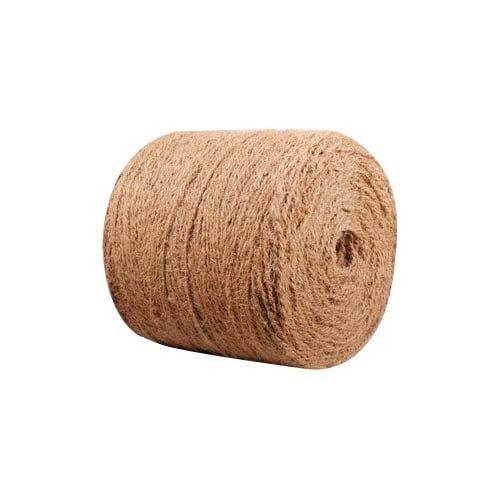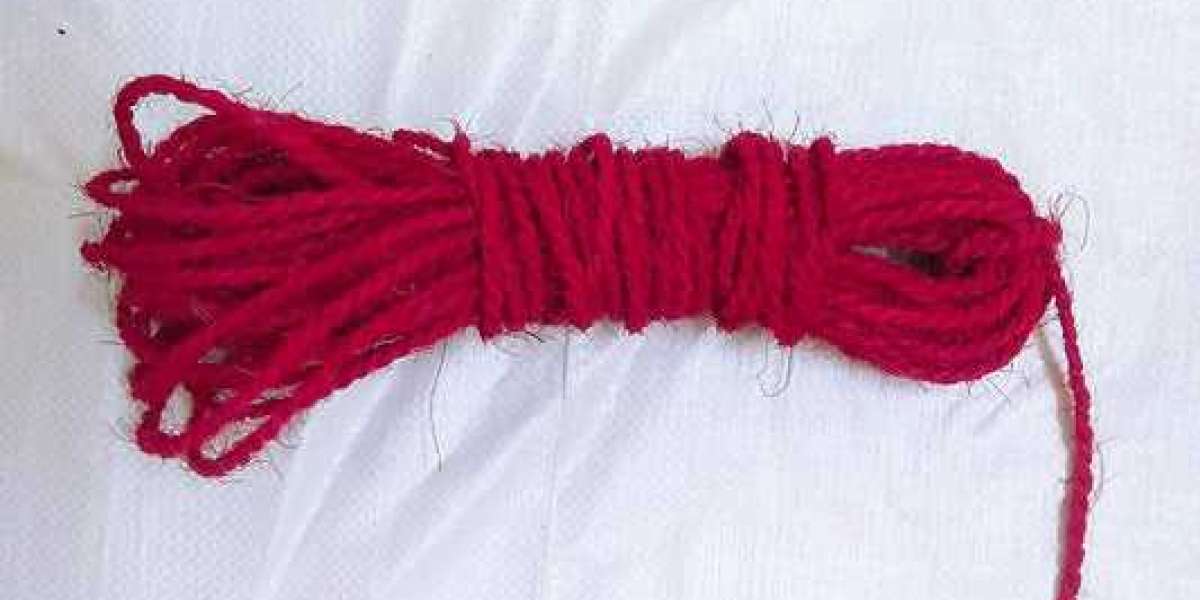In gardening, pursuing a thriving and visually appealing landscape often requires more than just soil, water, and sunlight. Gardeners have long employed various techniques to shape and support their plants, and one versatile tool that plays a crucial role in this endeavor is the humble garden rope. In this article, we delve into the art of garden mastery, exploring how rope solutions contribute to plant training and support, transforming your garden into a harmonious and well-organized haven.
Understanding Plant Training
Plant training is an age-old horticultural practice that involves manipulating the growth and form of plants to achieve desired shapes or structures. It serves multiple purposes, including enhancing aesthetics, optimizing space, and promoting better air circulation and light exposure. Gardeners often employ plant training techniques for fruit trees, ornamental shrubs, and climbing plants to create visually appealing and productive garden spaces.
The Role of Garden Ropes in Plant Training
Garden ropes are indispensable tools in the art of plant training. Their flexibility, strength, and durability make them ideal for guiding the growth of plants along a desired path. Whether shaping an espaliered fruit tree against a wall or encouraging a climbing rose to ascend a trellis, the suitable garden rope can be the key to achieving your vision.
Choosing the Right Ropes for Plant Training
Selecting the appropriate type of garden rope is crucial for successful plant training. Soft and pliable materials, such as natural jute or cotton ropes, are often preferred for delicate plants and vines. Sturdier options like nylon or polypropylene ropes are suitable for more robust plants that require additional support. It's essential to consider the specific needs of each plant species and the intended design when choosing the suitable rope for the job.

Creating Supportive Structures
In addition to training plants along specific pathways, garden ropes are instrumental in creating supportive structures. The possibilities are vast, from simple stakes and frames to elaborate trellises and arbors. When adequately anchored and tensioned, ropes provide a stable framework for plants to climb, ensuring they receive adequate support throughout their growth cycle.
Securing Young Trees and Saplings
Proper support is crucial for young trees and saplings to encourage healthy vertical growth and prevent leaning or breakage. Gardeners often use stakes and a series of loosely tied ropes to gently secure the tree, allowing it to develop a strong and stable trunk. As the tree matures, adjustments can be made to the tension and placement of the ropes to accommodate its changing structure.
Training Climbing Plants
Climbing plants, such as roses, clematis, and jasmine, add vertical interest and beauty to a garden. Training these plants along fences, walls, or trellises maximizes space and showcases their natural elegance. Garden ropes, with their ability to be easily manipulated and tied, provide the perfect means to guide and support the growth of climbing plants, creating stunning vertical displays.
Espalier Techniques
Espalier, an ancient horticultural practice, involves training fruit trees or shrubs to grow flat against a support, typically a wall or trellis. This creates a visually striking feature and maximizes sunlight exposure, promoting fruit production. Garden ropes are instrumental in securing branches in the desired horizontal pattern, allowing for the creation of intricate and artistic designs.
Seasonal Adjustments and Maintenance
Successful plant training requires ongoing attention and adjustments. As plants grow and seasons change, gardeners may need to alter the tension of ropes, reposition stakes, or prune branches to maintain the desired shape and structure. Regular maintenance ensures plants remain healthy, well-supported, and aesthetically pleasing throughout their lifecycle.
Conclusion
In gardening, mastering the art of plant training and support is a dynamic and rewarding endeavor. Garden ropes emerge as indispensable allies, offering the flexibility and strength to shape and guide plants to their full potential. Whether you're cultivating a compact urban garden or managing a sprawling landscape, incorporating the proper garden ropes into your toolkit empowers you to create a garden masterpiece that is not only visually stunning but also optimized for plant health and productivity. Embrace the versatility of garden ropes and elevate your gardening experience to new heights of creativity and success.







